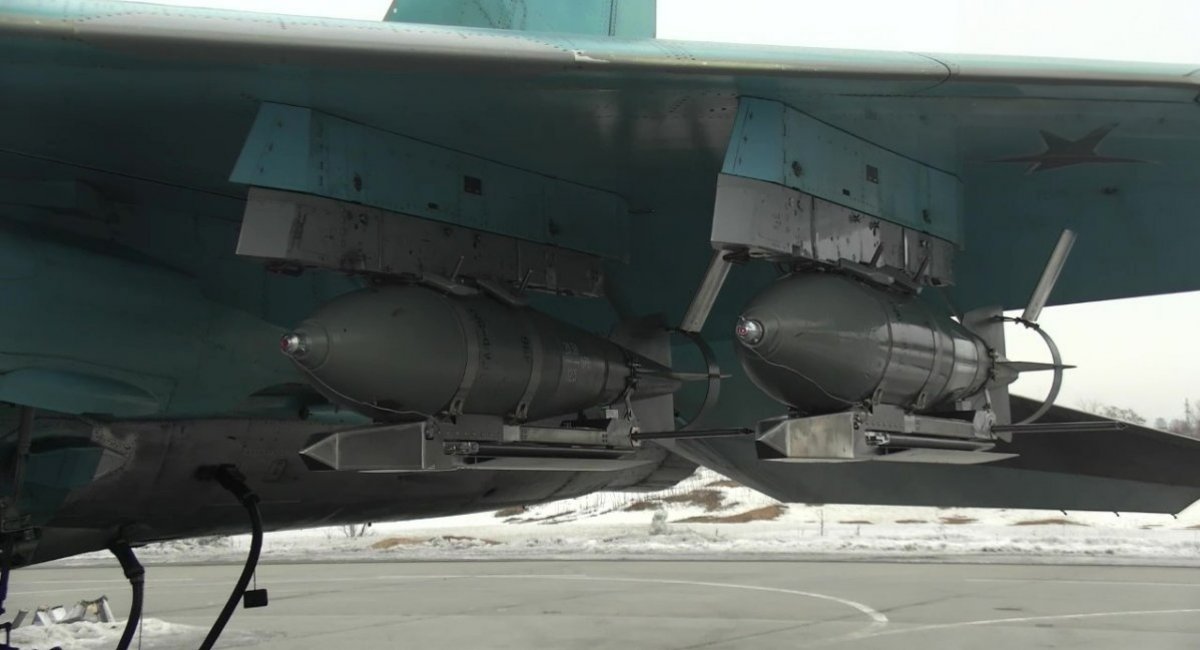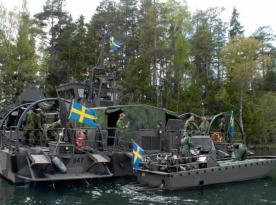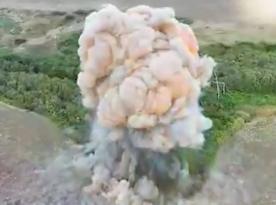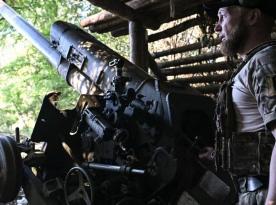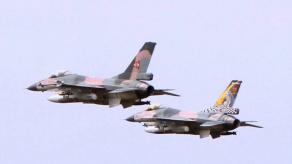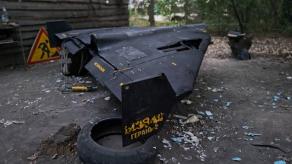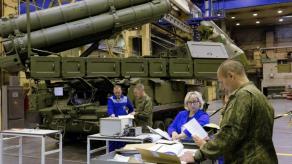With the latest long-range drone attack on russian military-industrial complex, we can start seeing the outlines of the new campaign by the Ukrainian Defense Forces.
On the night of May 23, deep strike drones successfully targeted the PJSC Energiya plant in Yelets, Lipetsk region. A few days prior, on May 21, the Bolkhov semiconductor device plant in the Oryol region was attacked; earlier, the Strela and Kremny El plants came under attack, too.
Read more: Strela War Factory Destroyed: Satellite Images Confirm Successful Ukrainian Strike on russia

What all these russian companies have in common is that instead of assembling complete weapons, they occupy the intermediary place in this process by supplying crucial electronic components for production. Energiya, for example, "produces chemical power supplies for the universal planning and correction modules (UPCM) of russian aircraft bombs," according to War & Sanctions, the official database from the Defense Intelligence of Ukraine.
This series of strikes exemplifies how Ukraine is applying limited resources and capabilities to the maximum effect. Particularly, Ukrainian forces have no reliable means to undermine the enterprise of final assembly of UMPKs — cheap kits for turning dumb aerial munitions into precision-guided glide bombs.
Situated near Moscow in the town of Korolyov, the site is covered by dense and highly potent air and missile defenses. Furthermore, the production unfolded in the premises of a large Soviet-era facility, in about a dozen workshops spanning several hectares (up to ten acres).
On the other hand, it's hard to ensure a proper air defense cover for a multitude of smaller firms scattered across the country. Taking them out could bring about far-reaching consequences, as the larger plants hinge on steady supply of their products.
Ukraine's actions echo a well-known debate from the times of World War II about which target should be given priority. When the Allies were choosing targets for their strategic bombing campaign, U.S. intelligence strongly recommended targeting factories that produce bearings as the most efficient way to disrupt logistics: used in anything from a motorcycle to a fighter jet, bearings are indispensable for military industry.
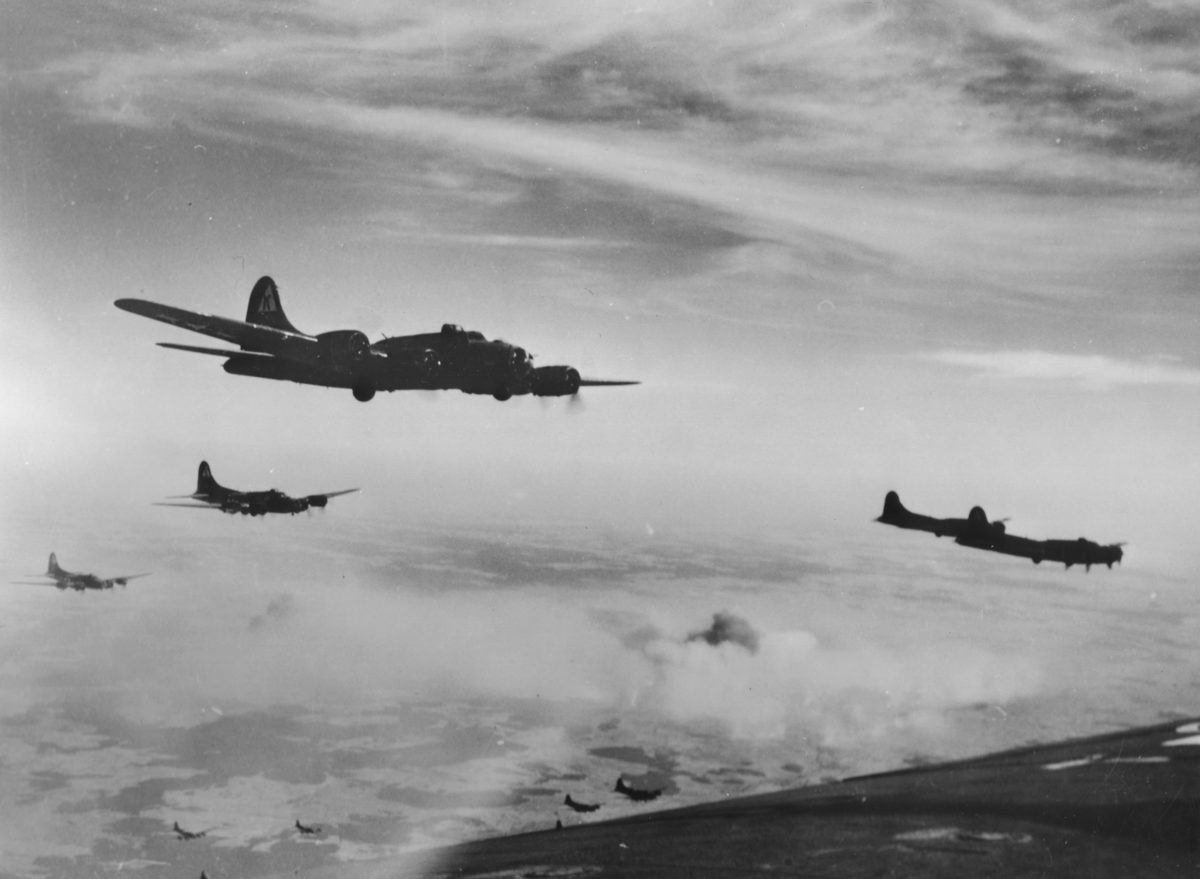
The opposite approach was to attack the final assembly factories, i.e. to go for the Messerschmitt plant instead of some little-known Kugelfischer, disregarding the fact that the latter was manufacturing about 22% of all bearings in Germany. The choice of strategy relied on the prospects of achieving results quickly, with the understanding that the enemy had stocks of bearings and could acquire them from neutral countries.
Since then, this dilemma became a fairly popular thought experiment. At times, especially in Soviet and post-Soviet historiography, it is said that the Allies decided to focus on bearings — but the reality tells a different story. German bearing factories came under a massive bombing only twice, both without much success.
It happened during the Operation Double Strike by the U.S. Air Force, also known as the Schweinfurt–Regensburg Raid, and the second Schweinfurt raid, aka the Black Thursday. They ended in failure because bombers went for the missions without cover from fighters.

The first strike on August 17, 1943, resulted in the loss of 60 out of 376 B-17 bombers and was not concentrated. Some of the aircraft (230 B-17s), however, delivered strikes on two factories, Kugelfischer and Vereinigte Kugellager Fabrik I, destroying 34% of all German bearing production capacity, according to a report by Albert Speer, a person in charge of the entire German military-industrial complex.
This strike forced Berlin to open up warehouses in search for any available bearings, establish supplies from Switzerland and Sweden, and rush to decentralize domestic production. Therefore, the second American strike, carried out on October 14 — this time focused solely on Schweinfurt — did not achieve significant results. Moreover, the Germans were prepared for this scenario. As a result, 77 out of 291 B-17s were lost, forcing the Allies to give up on continuing.
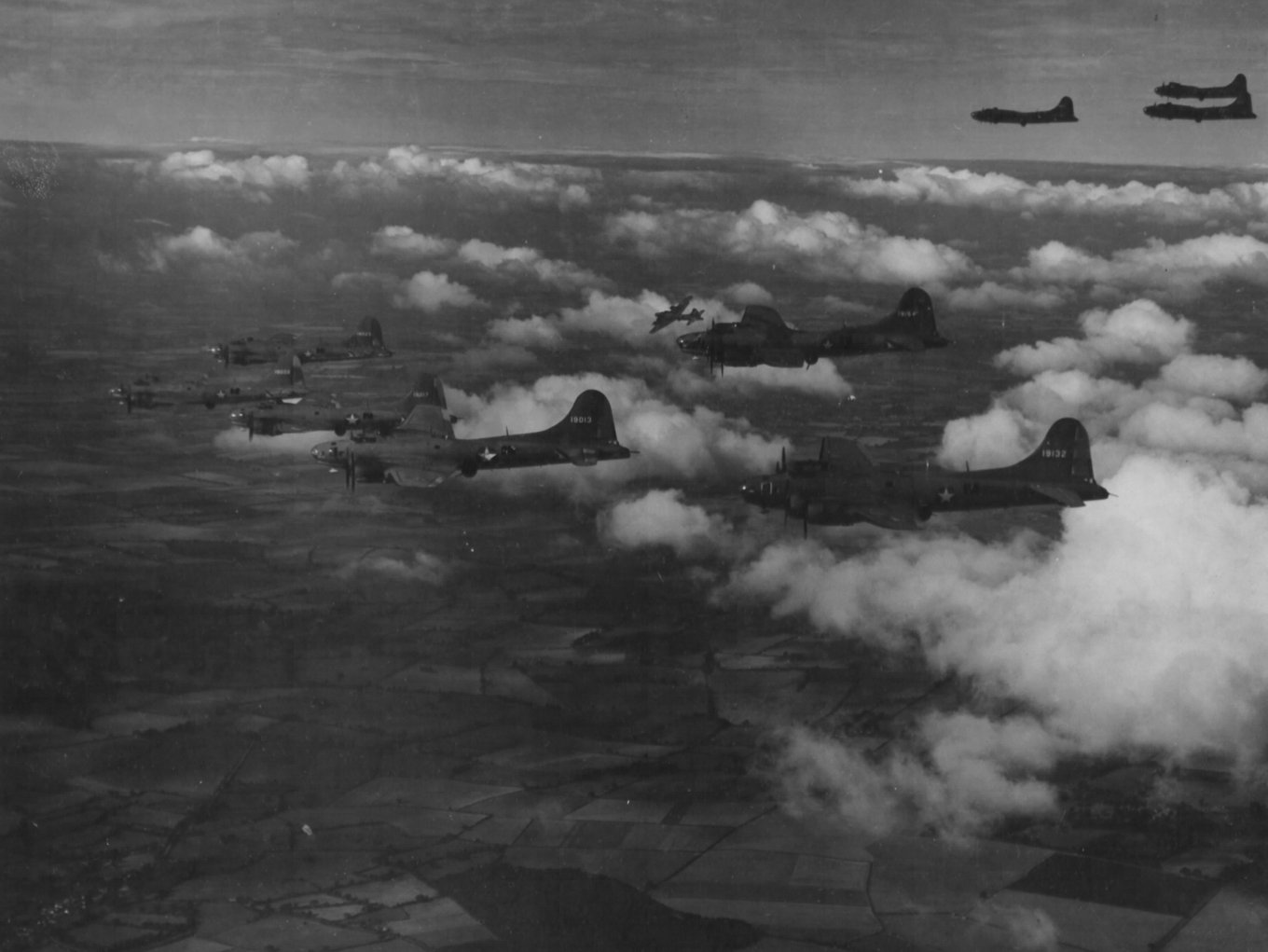
The conclusions drawn from these operations were poles apart based on who made the analysis. The American command admitted that it had not achieved results. The UK was even more critical, saying such strikes were pointless at all and advocated for mass bombing of cities.
But Albert Speer, after the surrender of Germany, admitted that it was a critical moment, with the Allies missing the success that was almost in their hands. If the USA and the United Kingdom had methodically knocked out the production of weapon components in 1943 instead of bombing cities, Berlin would have made peace the same year.
In modern realities, Ukraine has much less options, so the decision to target component manufacturers comes precisely from the understanding of which goals are effectively achievable and which are not with available means.
Read more: Ukrainian Drone Forces Strike russian Semiconductor Plant Linked to Missiles and Fighter Jets



